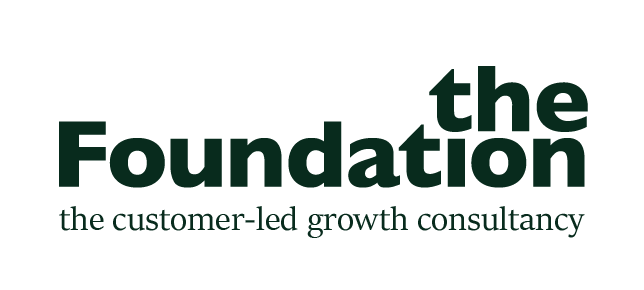Stand by me
Our Partner John Sills discusses why immersing in the lives of customers is the only thing that can convince leadership teams of the need for organisational change
Recently, whilst working with a client on the future of ready meals, I interviewed a lady about her eating and shopping habits.
Her house was a foodie heaven. Recipe books from floor to ceiling, cupboards over-spilling with spices from around the world, pots, pans, and plates everywhere you looked. She told me that she practised yoga, cooked everything from scratch, and would never consider using any kind of prepared food. She considered it far too unhealthy for her lifestyle.
The next day, we went shopping together.
We met in Waitrose (so far, so on brand), picked a trolley and made our way around the aisles.
First stop, fruit and veg, where predictably plenty of organic produce was picked up and carefully placed. Then the ingredients aisle where, as anticipated, lots of exotic herbs and spices were added to the shopping load.
Then, we got to the prepared food aisle. Given everything I’d been told, I fully expected this to be a brief visit, more to keep the rhythm of up-and-down the aisles than to actually purchase anything.
She picked up a ready-made mashed potato. I did a double take but said nothing.
Then, she picked up a ready-chopped red onion. I couldn’t help myself.
‘I thought you said you cook everything from scratch, that you wouldn’t use prepared food?’
‘I don’t, but this is different. I don’t have time to peel potatoes or chop my own onions’
Huh.
The rest of the shop was uneventful. That is, until we got to the confectionary and alcohol aisles. An armful of full-fat chocolate, swiftly followed by a large selection of wine, was delicately balanced on top of a now-over-flowing trolley.
This time I didn’t need to say anything.
‘I know, I said I’m healthy but… this is for girls’ night on a Friday night. It doesn’t count.’
These kinds of examples are everywhere.
Customers who said they’d only install a Smart Meter if they were paid to do so, whereas actually all that mattered was being able to have it installed at a convenient time.
Customers who said that the reason they’d switch banks is because of a better interest rate, whereas usually it’s because their existing bank screwed up, so they switched to the first bank they walked past in the street.
Customers who said the quality of the food is what made them prefer one supermarket to another, whereas it was actually the recipes that the lady on the deli counter created for them each week that was important.
In most businesses, ‘customer insight’ is presented to the Executive team through beautifully prepared PowerPoint slides, summarising the thoughts and feelings that customers want to believe are true, or aggregating an experience that no customer is actually having.
If an inconvenient truth is shared – something that goes against the existing beliefs of what really matters to customers and what the business should be doing in response – then it’s more common for that meeting to descend into a debate questioning the methodology than it is to accept and discuss what’s been discovered.
It’s only be immersing in the lives of customers, experiencing first-hand what really matters to them, that executives can reconnect with what’s important and have the visceral belief needed to push the organisation into a new direction.
That means speaking to them, observing them, spending time with them, serving them, and being them.
Yet more often than not, the excuse given is ‘we simply don’t have time’.
But if your job is to create products and services your customers will love, or share what you offer in a creative and compelling way, then really, what else could possibly be more important?



